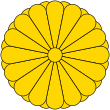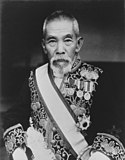
General elections were held in Japan on 20 February 1928, the first after the introduction of universal male suffrage. The ruling Rikken Seiyūkai led by Prime Minister Tanaka Giichi won one more seat than the opposition Rikken Minseitō led by Hamaguchi Osachi, although Rikken Minseitō had received slightly more votes. The hung parliament led to the Tanaka government continuing in office.

General elections were held in Japan on 10 May 1924. No party won a majority of seats, resulting in Kenseikai, Rikken Seiyūkai and the Kakushin Club forming the country's first coalition government led by Katō Takaaki.
General elections were held in Japan on 20 February 1936. Rikken Minseitō emerged as the largest party in the House of Representatives, winning 205 of the 466 seats.
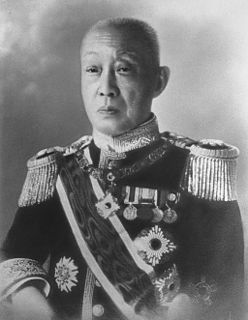
General elections were held in Japan on 1 March 1903. The Rikken Seiyūkai party remained the largest in the House of Representatives, winning 175 of the 376 seats, but lost its majority.

General elections were held in Japan on 15 May 1908. The result was a victory for the Rikken Seiyūkai party, which won 187 of the 379 seats.

Partial general elections were held in Belgium on 8 June 1852. In the elections for the Chamber of Representatives the result was a victory for the Liberal Party, who won 57 of the 108 seats. Voter turnout was 69.2%, although only 42,053 people were eligible to vote.

General elections were held in Belgium on 11 August 1864, the first full general elections since 1857. Although the Catholics received the most votes for seats in the Chamber of Representatives, the result was a victory for the Liberal Party, which won 64 of the 116 seats. Voter turnout was 76.7%, although only 103,717 people were eligible to vote.

Partial general elections were held in Belgium on 14 June 1859. The result was a victory for the Liberal Party, which won 69 of the 116 seats in the Chamber of Representatives and 31 of the 58 seats in the Senate. Voter turnout was 55.9%, although only 49,672 people were eligible to vote.
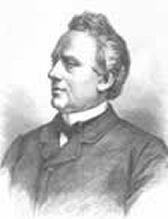
Partial general elections were held in Belgium on 11 June, 18 June and 15 July 1878. The result was a victory for the Liberal Party, which won 72 of the 132 seats in the Chamber of Representatives and 36 of the 66 seats in the Senate. Voter turnout was 62.5%, although only 56,640 people were eligible to vote.

General elections were held in Japan on 20 April 1917. The Rikken Seiyūkai party led by Hara Takashi emerged as the largest party in the House of Representatives, winning 165 of the 381 seats.

Federal elections were held in Switzerland on 25 October 1896. The Free Democratic Party retained its majority in the National Council.

Federal elections were held in Switzerland on 26 October 1899. The Free Democratic Party retained its majority in the National Council.

Federal elections were held in Switzerland on 29 October 1905. The Free Democratic Party retained its majority in the National Council.

Federal elections were held in Switzerland on 29 October 1908. The Free Democratic Party retained its majority in the National Council.

Federal elections were held in Switzerland on 28 October 1917. The Free Democratic Party retained its majority in the National Council. They were the last elections held under the majoritarian system; following a referendum in 1918 in which two-thirds of voters voted for the introduction of proportional representation, the electoral system was changed and early elections held in 1919.

Federal elections were held in Switzerland on 25 October 1914. The Free Democratic Party retained its majority in the National Council.
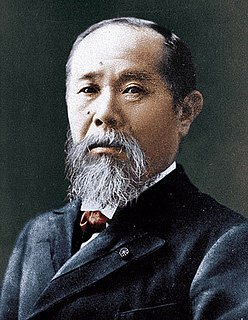
General elections were held in Japan on 10 August 1902. The result was a victory for the Rikken Seiyūkai party, which won 191 of the 376 seats.

General elections were held in Japan on 1 March 1904. The Rikken Seiyūkai party remained the largest in the House of Representatives, winning 133 of the 379 seats.

General elections were held in Japan on 15 May 1912. The result was a victory for the Rikken Seiyūkai party, which won 209 of the 381 seats.

General elections were held in Japan on 25 March 1915. The Rikken Dōshikai party emerged as the largest party in the House of Representatives, winning 153 of the 381 seats.
